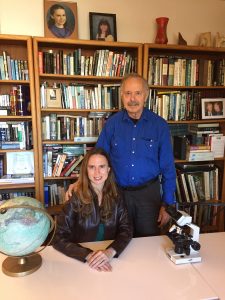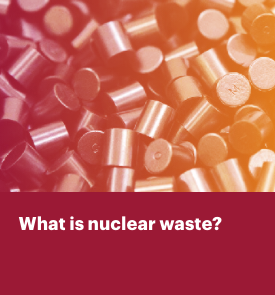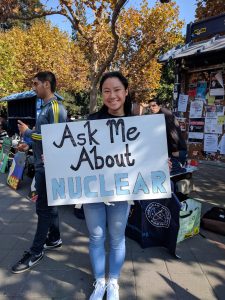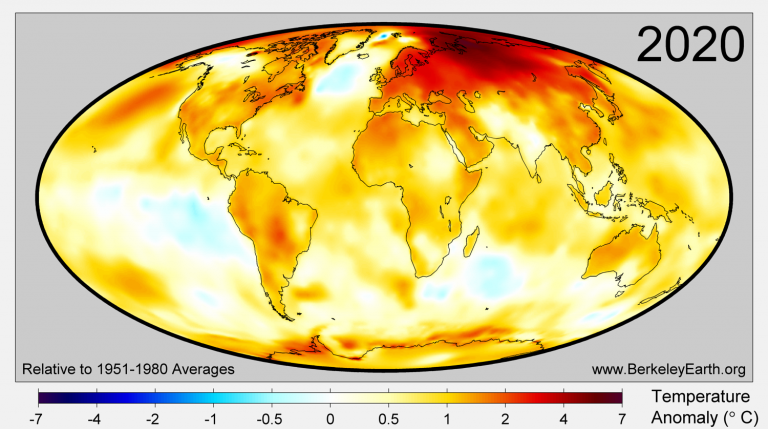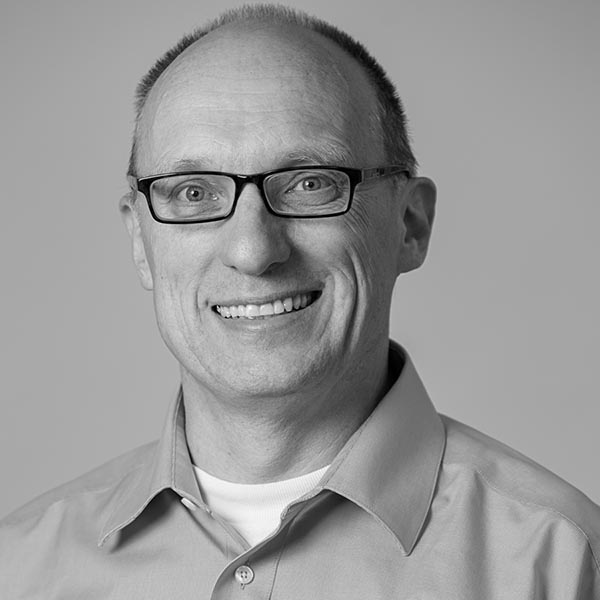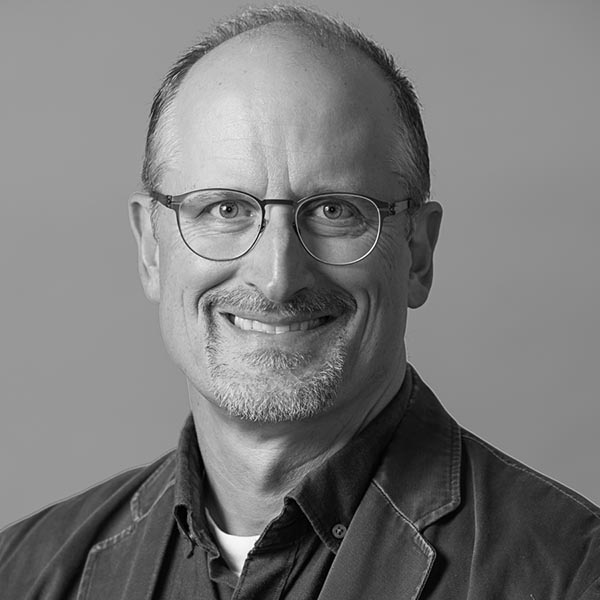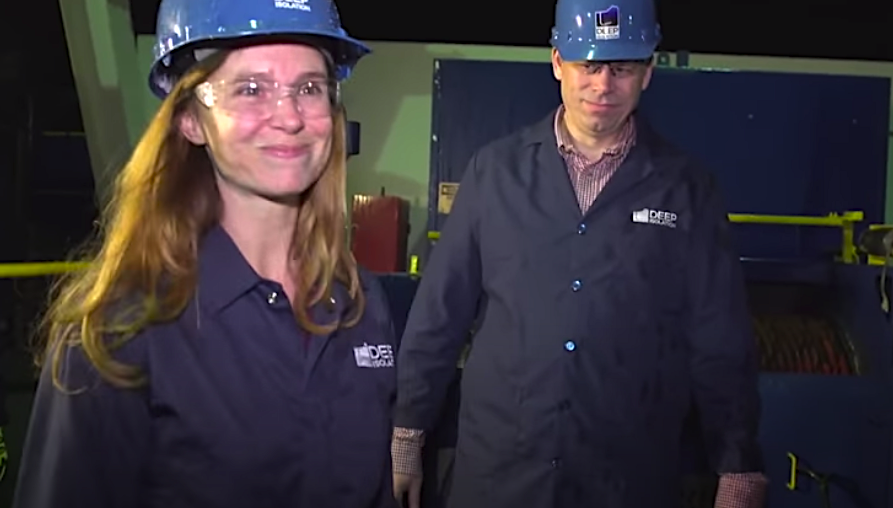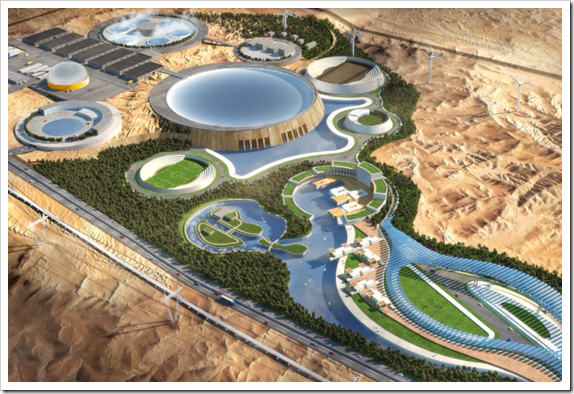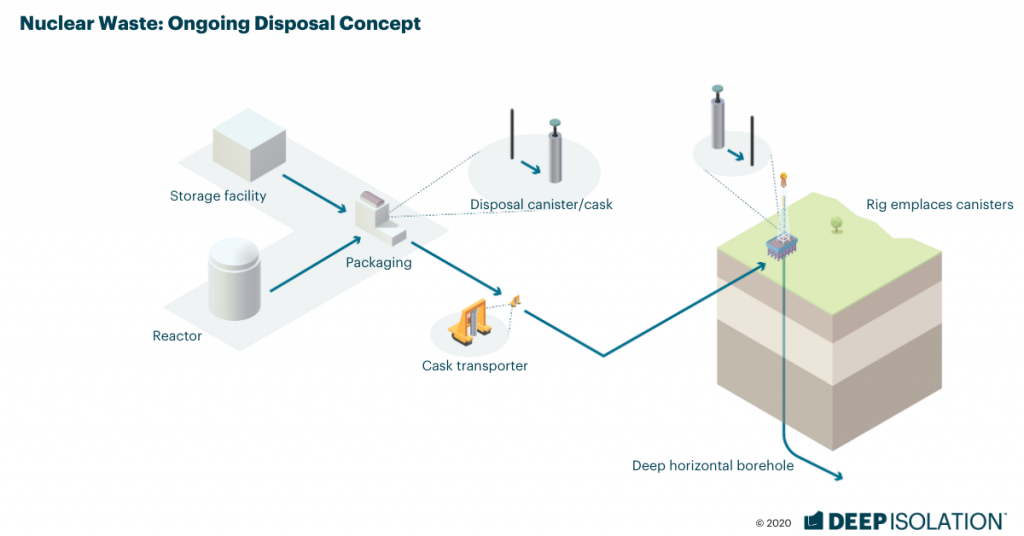When I was hired at Deep Isolation in early 2020, I was eager to apply my experience in news, social media and renewable energy marketing to a new-to-me topic: nuclear waste disposal.
However, of the skills listed on my resume, “podcast host” was not among them. So when two weeks into my job I found out that, “Oh yes, the company was very much in need of a host for a new series about nuclear waste,” I won’t lie: I gulped.

But when I discovered that it would be my role to represent people similar to myself — nuclear industry outsiders mostly unaware of this hidden-in-plain-sight worldwide problem — I knew it was something I was willing to try.
The goal was for Nuclear Waste: The Whole Story to embody one of the most important elements of a successful nuclear waste disposal program: the ability to listen, to recognize, and to understand different perspectives on nuclear waste and all of its dimensions; as a former reporter and editor, those objectives were in my comfort zone.
Afterall, what better way is there to collect as much wisdom as possible on a complicated topic? Now, a year later, we have released 12 episodes with plenty more to come. We’ve also incorporated additional hosts (Liz Muller and Sam Brinton) to provide valuable insights to these conversations.
I’m happy (and relieved!) to say the podcast has earned a five-star rating on Apple, with listeners saying they appreciate its “to the point and direct vibe” and the expertise of our interviewees, who include citizen activists, nuclear industry veterans, government leaders and scientists.
I’ve learned so much from each and every one of these guests and am grateful for their willingness to speak openly about the challenges they face in their respective efforts to tackle this controversial problem.
Don’t Miss Our New Podcast Highlights Reel
There are too many highlights to mention, but we’ve assembled some of them into a short montage that I hope you’ll take a few minutes to watch or listen to.
The highlights reel includes Kara Colton, who points out that nuclear waste — often incorrectly portrayed as “green goo” ala “The Simpsons” — can be an object as seemingly innocuous as a glove or a broom.
Or there’s the episode with Judy Treichel and Steve Frishman, two “ordinary” citizens who’ve spent 30 years informing the public about the U.S. government’s plan to build a mined waste repository in Nevada. They discuss how their effort eventually led to Yucca Mt. being put on hold because, as they said the states residents believe, “Nevada is not a wasteland.”
New episodes are added monthly. Watch or listen at nuclearwastepodcast.com or subscribe via Apple, Spotify, Amazon or Google. The series is also a playlist on our YouTube channel.
Please note: Although Deep Isolation is the producer, any opinions expressed by either the interviewers or their subjects do not represent our official company position.
And as always, we’d love to hear from you! Who should interview next? What questions about nuclear waste would you like answered? Just send an email to podcast@deepisolation.com.

